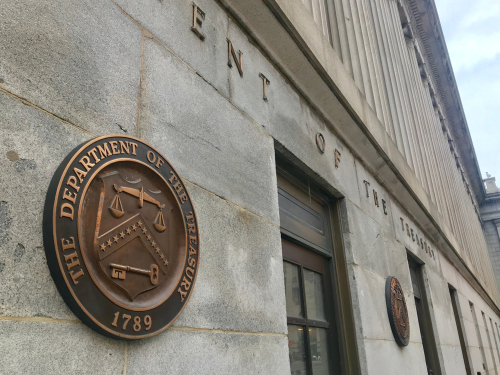The American Institute of CPAs (AICPA) offered feedback to the Treasury Department and Internal Revenue Service (IRS) on the guidance it provided on certain basis-shifting transactions involving partnerships and related parties.

Related parties and partnerships structure their transactions to take advantage of the basis-adjustment provisions of subchapter K. AICPA officials said the Treasury and IRS guidance package exceeded its intended scope by including real, substantive transactions, that would be considered reportable transactions. They said this would cause undue hardship to taxpayers, especially due to the retroactive nature of the proposed rules.
Further, AICPA officials noted that the Supreme Court’s decision in Loper Bright overturned the “Chevron deference” doctrine, which means the courts now interpret statutes without assuming agency interpretations are correct.
AICPA urges the Treasury and IRS to reconsider the guidance package, and offered some suggestions that better represent the best interpretation of the statutes.
“Our recommendations would eliminate the retroactivity of the rules, significantly increase the $5 million transaction threshold, and exclude certain types of transactions from being subject to the rules,” Kristin Esposito, AICPA’s director of tax policy & advocacy, said. “This would considerably ease the administrative burden on our members.”
Specifically, AICPA recommends that Treasury and IRS do the following:
Eliminate the retroactive application of the proposed rules and state that they apply prospectively for participating parties and material advisors. In addition, the disclosure requirements under the Proposed Regulations should only apply in the year of the Transaction of Interest (TOI).
Narrow the scope of the proposed regulations to only capture “carefully structured” transactions that “exploit the mechanical basis adjustments provisions of subchapter K.” In doing so, the final regulations would exclude common transaction and normal basis adjustments captured under the proposed rules as drafted.
Significantly increase the $5 million threshold to at least $50 million. This threshold should be applied on a transaction-by-transaction basis and look to gain recognition by any party.
Modify the Distribution TOI Related Party Definition so that, in addition to being related to each other, related partners must also own 80 percent or more of the capital of profits interests of the partnership.